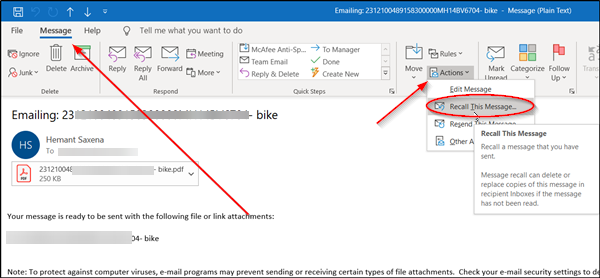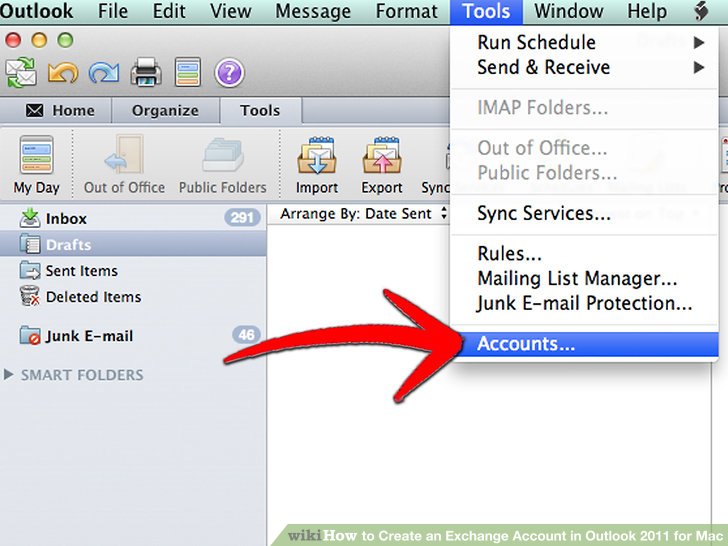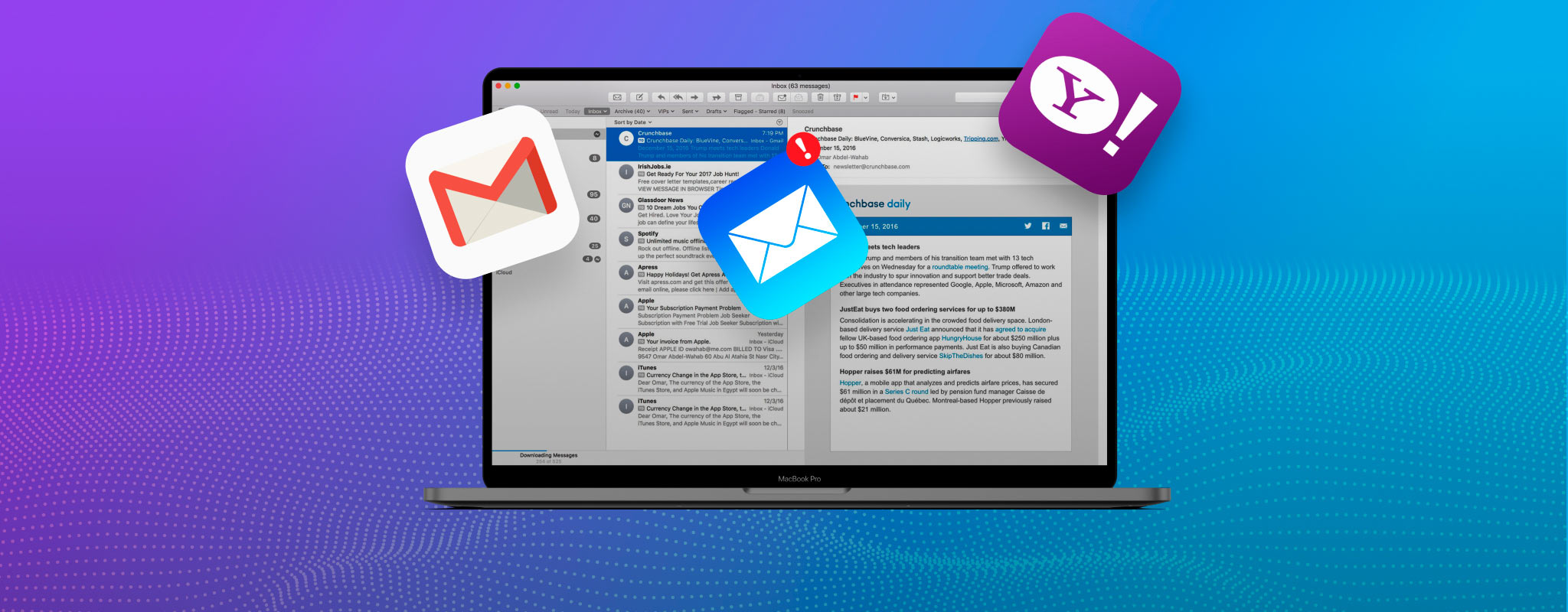
Again, though, this only applies if the recipient hasn't opened your original email. This setting can be found through File > Options > Mail > Tracking. However, if the recipient has Automatically process meeting requests and responses to meeting requests and polls enabled in their Outlook settings, the recall will happen automatically in the background and your original email will be deleted. While they will still receive the recall request, informing them that you want to delete the original message, it's their prerogative on whether to follow through. If they read the original message first, whether that's before you request a recall or after, the original message will remain in their inbox. Most importantly, the recipient must open the recall request before they open the original message. There's no universal rule that an email server should abide by a recall request in fact, it won't even be processed.Įven if you and your recipient are on the same Exchange server, that still doesn't mean guaranteed recall success. This is because once an email has left your internal server, you have no control over it.

With that limitation in mind, recalling won't work on emails you've sent outside your organization to, for example, a Gmail or Yahoo account. On the Email tab, the Type column shows what type of account you're using. In that scenario, Outlook says it deleted it, but it cannot do so.Click Account Settings > Account Settings. Sometimes, the option is listed but does not work if Outlook is not using Microsoft Exchange. Note: The email type must say “Exchange,” or you cannot properly recall any email messages.
RECALL EMAIL SENT THROUGH OUTLOOK FOR MAC PC
Checking Recall Eligibility on a Windows PC If you think you should be able to recall emails, here is a straightforward way to check if your account is eligible.

Choose to delete unread copies or delete them with a new message, then click “OK.” If you’d like to receive a status message on the deletion process, check the box next to “Tell me if recall succeeds or fails…”.Within the “Message” tab found at the top, click on the “Actions” ribbon or menu option (depending on which version of Outlook you’re running.) Select “Recall This Message” to delete the email from recipient mailboxes.


This action opens the message in a separate window that presents different options at the top. Double-click the message you’d like to recall from within the adjacent pane (messages pane).In Outlook, navigate to the email folders pane on the far-left side and click on the “Sent” folder.It might sound overly complicated, but do not worry recalling a message in Outlook is incredibly simple, no matter which version you’re running.


 0 kommentar(er)
0 kommentar(er)
